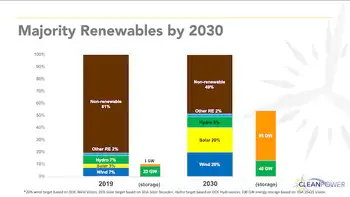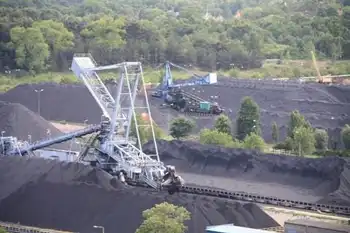More Utilities Eyeing Remote Meter Reading Technologies To Help With Load Management Programs, Chartwell Survey Finds
- In light of recent energy shortages, summer heat waves and the debate over a national energy policy, more utilities are using automated meter reading technologies to aid in load management programs. This is among the many findings highlighted in a new industry study by Chartwell Inc., an industry-leading retail energy market research firm.
Most utilities that are implementing AMR are doing so in small doses and mostly on the meters of their commercial and industrial customers, the Chartwell study reveals. Many of these installations are still used for solving problems such as reaching hard-to-access meters.
"With the recent headlines, though, more utilities are beginning to view AMR in a different light," said Dennis Smith, editorial director for Chartwell. "Utilities see it as a vehicle to better manage energy supply and costs, provide customers with accurate bills and inform them of exactly how much energy they're using, and when they're using it."
Overall, 70% of utilities -- including electric, gas and water utilities -- that participated in Chartwell's July 2001 survey reported having AMR installed on at least some of their meters, but Chartwell estimates that only about 11% of meters are equipped with an AMR device. This percentage, though, is rising significantly as utilities are starting to expand their AMR applications, the study concludes.
Advanced AMR applications can be beneficial for time-of-use pricing and other load management initiatives, more utilities are discovering. In fact, 13% of utilities with AMR that participated in Chartwell's survey say they will use AMR to offer time-of-use energy pricing to customers, an increase of 9% from Chartwell's 2000 study. Another 16% collectively say they use AMR for load control and to provide customers with energy management services.
Related News

Opinion: Nuclear Beyond Electricity
LONDON - By Dr Henri Paillere, Head of the Planning and Economics Studies Section of the IAEA
Decarbonising the power sector will not be sufficient to achieving net-zero emissions. We also need to decarbonise the non-power sectors - transport, buildings and industry - which represent 60% of emissions from the energy sector today. The way to do that is: electrification with low-carbon electricity as much as possible; using low-carbon heat sources; and using low-carbon fuels, including hydrogen, produced from clean electricity.
The International Energy Agency (IEA) says that: 'Almost half of the emissions reductions needed to reach net zero by 2050…




